Tech/Wildlife: iNaturalist
Friday, November 8th, 2013This is Passport to Texas
Next time you observe an amphibian or reptile share it with Herps of Texas (HOT) online at iNaturalist (http://www.inaturalist.org/projects/herps-of-texas).
10 — We chose to go with the platform iNaturalist, because it is accessible, and at the same time, allows us to capture the data we need for our database.
Cullen Hanks manages the Texas Natural Diversity Database at Texas Parks and Wildlife. He says identifying the species before posting it online isn’t necessary.
26—By doing so, it encourages the community to help them validate that observation by figuring out what the species ID is. iNaturalist covers what kinds of species? You can post any species of plant or animal to iNaturalist. You can post something even if you don’t know what species it is. For example, if you see a lizard and you don’t know what species of lizard it is, by posting it, the community will help you identify that species.
This crowd-sourced information helps Cullen map known herp populations across the state.
12—And we found this is a great platform that allows people to share these observations that they’re seeing out there, but it also – by setting up a project – it allows us to capture the data we need so that those observations have value to conservation.
Learn more about Herps of Texas on iNaturalist in an article by Cullen Hanks in the November issue of Texas parks and Wildlife Magazine.
For Texas Parks and Wildlife…I’m Cecilia Nasti.
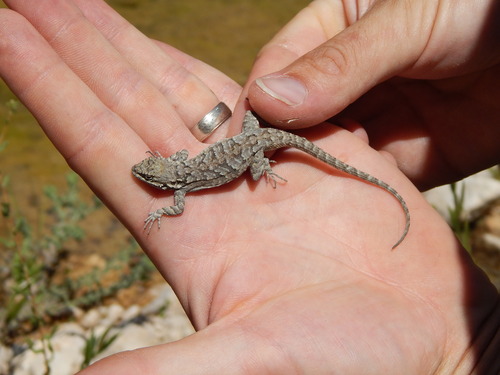

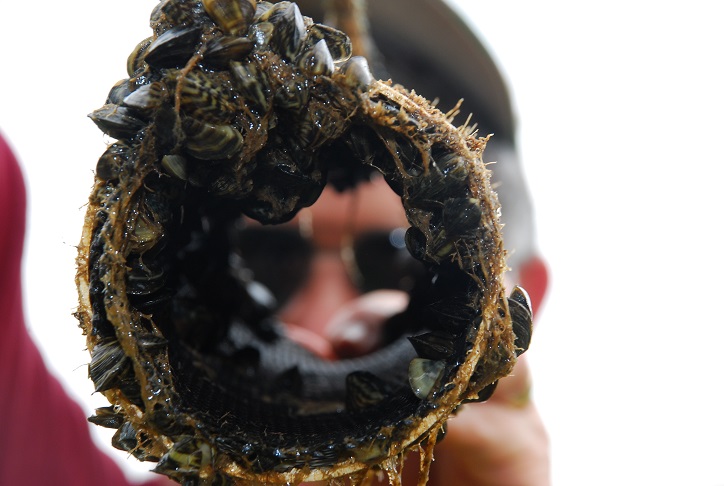
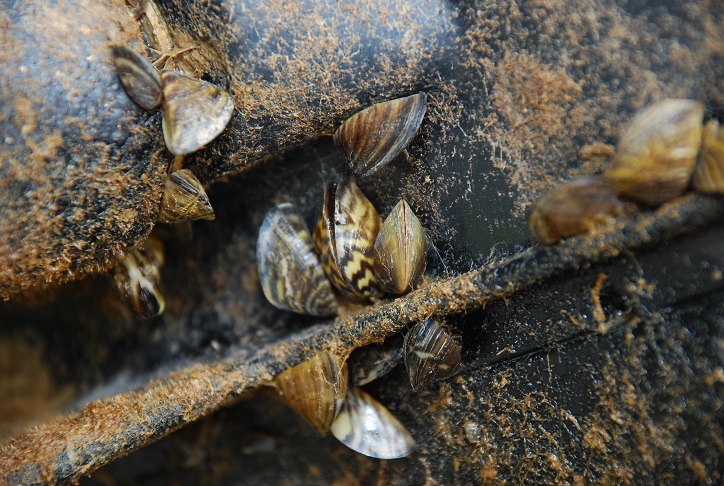
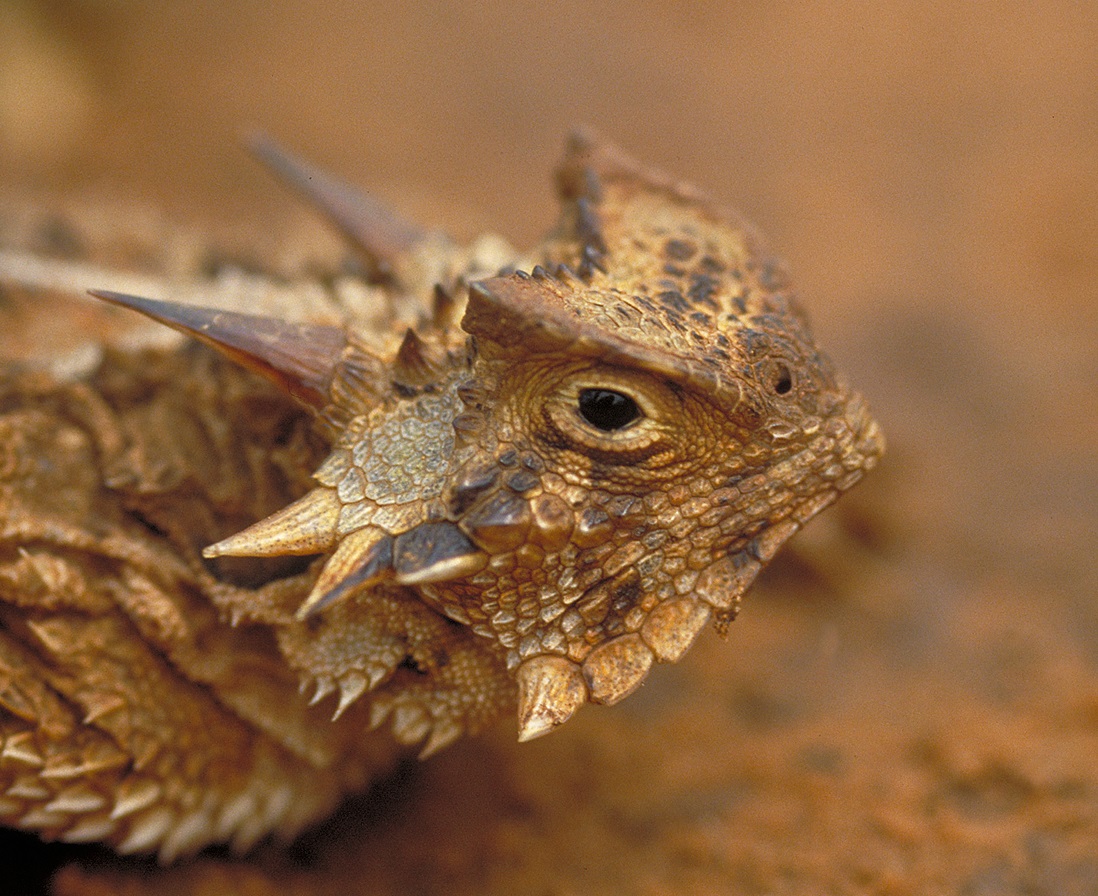
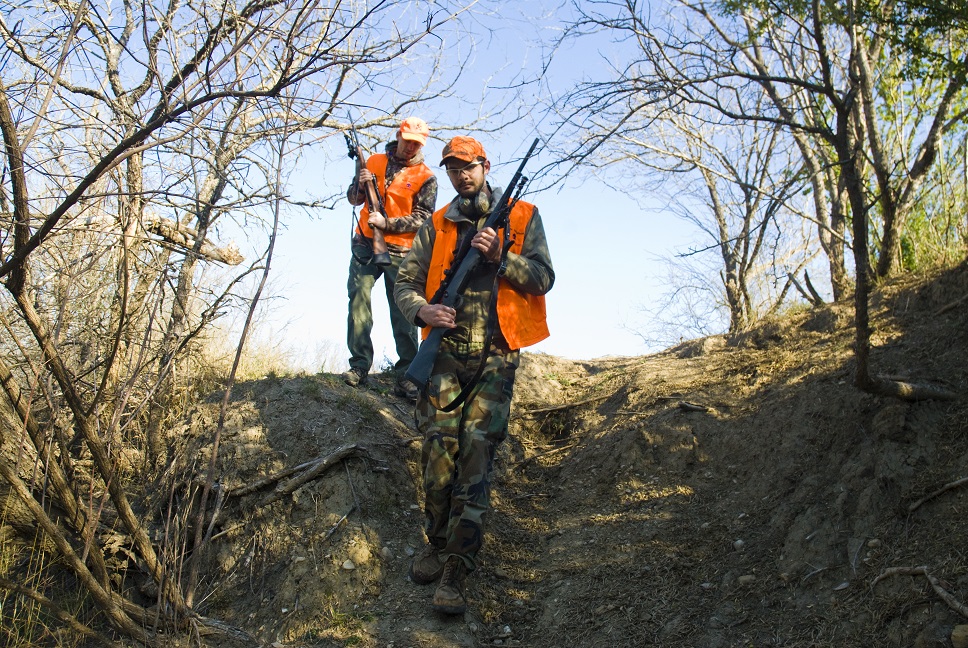

 Passport to Texas is a
Passport to Texas is a  Passport to Texas is made available by:
Passport to Texas is made available by: